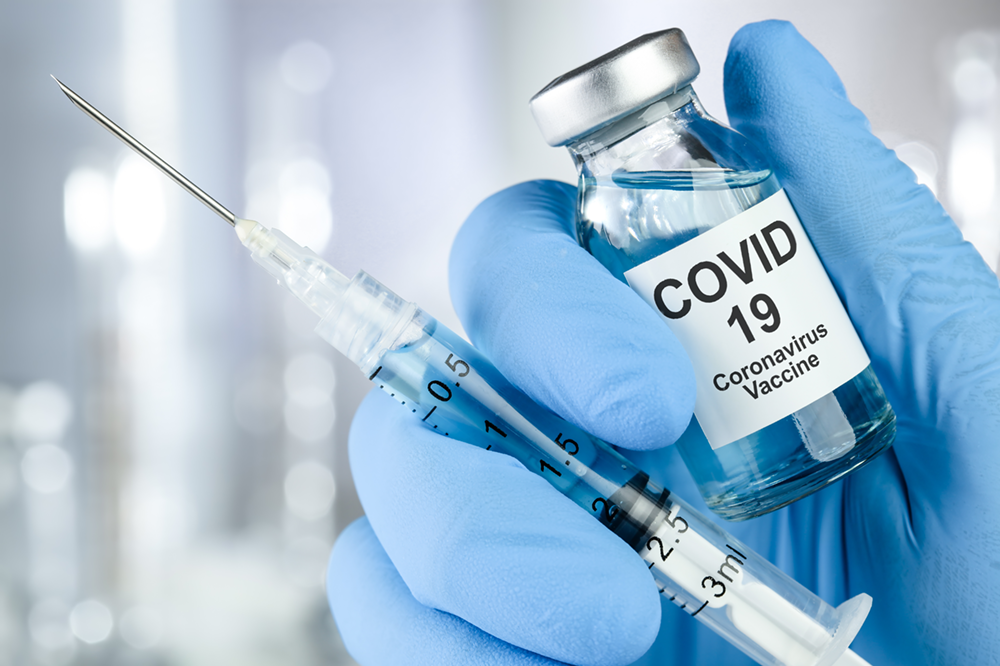
Now that two vaccines are likely to get emergency approval from the FDA, local governments need to prioritize those first responders who may receive the first vaccinations. Here’s what to expect:
- The Pfizer vaccine requires extremely cold storage (-70 degrees C), adding to the distribution challenges in suburban and rural areas.
- Both vaccines require two doses: the second dose of the Pfizer vaccine needs to be given after 21 days, while the second dose of the Moderna vaccine is given 28 days later. A third vaccine from AstraZeneca is also on a fast track for approval. See the CDC site for regular vaccine updates.
- National pharmacy chains CVS and Walgreens will be tapped to assist with vaccinations at participating nursing homes.
Some of the major challenges include insufficient resources at the local and state level to carry out the mission of mass vaccination. The costs for staffing, PPE, security, and more are substantial. State and local government associations are advocating for additional federal funding to handle these costs. There are also concerns that many residents are skeptical about the COVID-19 vaccine. Local leaders are asked to join their state and federal public health partners to communicate the facts about the vaccine. The CDC is rolling out a "Vaccinate with Confidence" public service campaign. Another challenge is data management. Immunization entities will track who receives the first and then the second dose of which vaccine. All individuals who receive the first dose will receive a card with the name of the vaccine and the schedule for the second dose. This information is expected to be tracked in a national database so that if an individual is in another state when the second dose is due, there will be an electronic record available.
Guidance on the population priorities is coming from the Centers for Disease Control. The CDC’s Advisory Committee on Immunization Practices (ACIP) was set to meet on December 1 from 2:00-5:00 p.m. (ET) to discuss the allocation of initial supplies and the clinical considerations for populations included in this first phase. The public could view a live webcast of the meeting.
Local governments can find the interim executive summaries of all state and territory vaccine distribution plans on the CDC site.
Initially, there won't be enough vaccine supply to immunize all public health, first responders, and nursing home populations. Look for evolving guidance on population priorities and distribution plans. To get an overview of how local governments can prepare for mass vaccinations, see this preliminary guidance on the COVID-19 vaccine campaign ICMA posted earlier this fall.
ICMA will post regular updates on the vaccine roll out on its COVID-19 site. ICMA members have identified some issues that will be addressed in future content, including what a manager needs to know about operating a remote or satellite vaccination clinic during a pandemic, ensuring equity in vaccine distribution within the community, and the human resources considerations for vaccinating the local government workforce.
New, Reduced Membership Dues
A new, reduced dues rate is available for CAOs/ACAOs, along with additional discounts for those in smaller communities, has been implemented. Learn more and be sure to join or renew today!
